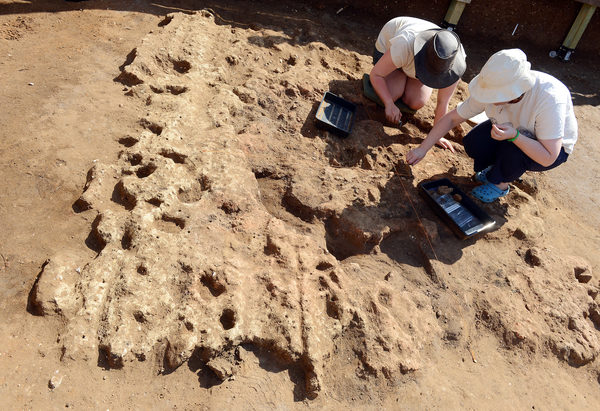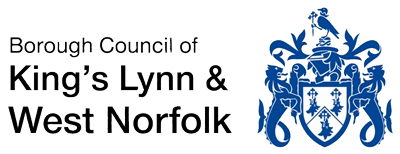1
Attraction 1:
Bircham Windmill
King's Lynn
The windmill was built in 1846 and worked until the 1920s when the sails were removed and the tower abandoned. It was bought by the current owner in a very dilapidated state. Initially the two adjoining cottages were renovated. The mill is now fully restored and in working order. Visitors can climb to the very top and go out on the fan deck.
View Venue
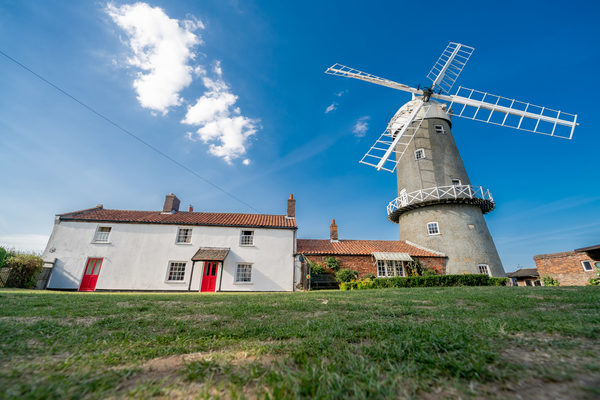
2
Attraction 2:
Bloodgate Hill Fort
This is the site of a destroyed Iron Age hillfort and is one of only six prehistoric earthwork forts in Norfolk. Aerial photographs and geophysical investigations have established the layout of the fort, which comprises of a single banked and ditched enclosure with a large central ring ditch. Excavations in 2003 revealed that the hillfort ditch had been re-cut some time after its initial construction.
View Venue
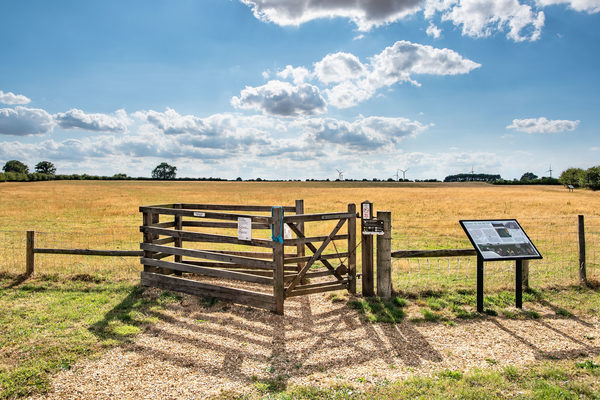
3
Attraction 3:
Branodunum Fort
Branodunum is one of the eleven forts along the South and East coasts of England known as Saxon Shore Forts. The Romans built these forts during the 3rd century. At first they were used to protect and control shipping and trade around the coast; later they helped repel raiders from across the North Sea. They remained military garrisons for over 150 years before being abandoned when the Roman army withdrew from Britain.
View Venue
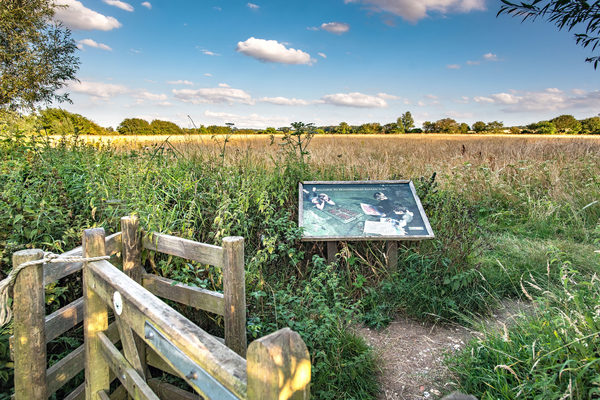
4
Attraction 4:
Carmelite Friary of St Mary, Burnham Norton (Ruins)
King's Lynn
This Friary was founded in 1241 by Sir William de Caithorpe of Burnham Thorpe and Sir Roger de Hemenshale, Lord of Polstead Manor in Burnham.
It is thought to be the first Carmelite Friary established in Norfolk. Its gatehouse can still be seen, with its fine 14th century decoration, to the east of the church, between the modern school building and Overy Church. The Friary occupied the land between the gatehouse and the River Burn.
View Venue
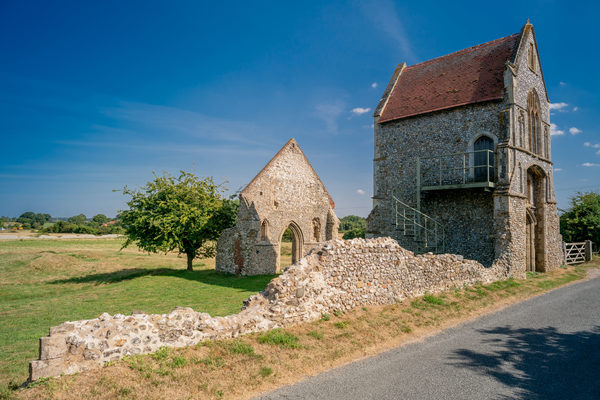
5
Attraction 5:
Castle Acre Bailey Gate
King's Lynn
This was the gatehouse guarding the entrance to the fortified town from the north, and was constructed about 1200 as an improvement to the earthwork defences built about 50 years before.
View Venue
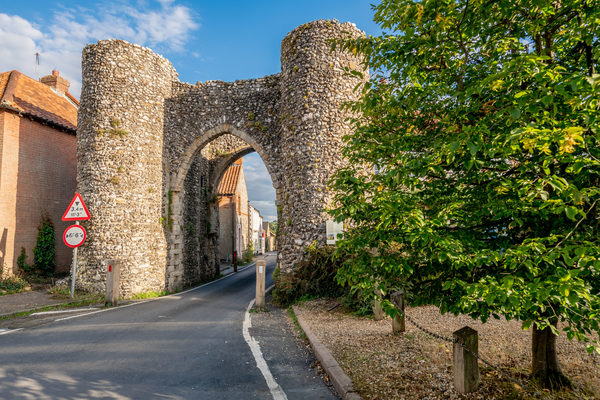
6
Attraction 6:
Castle Rising Castle
King's Lynn
Castle Rising Castle is one of the most famous 12th Century castles in England. The stone keep, built in around 1140 AD, is amongst the finest surviving examples of its kind anywhere in the country and, together with the massive surrounding earthworks, ensures that Rising is a castle of national importance.
View Venue

7
Attraction 7:
Church of All Saints, Burnham Thorpe
King's Lynn
Late Victorian restored from original C14 building in which Horatio Nelson's parents (his father was the rector) are buried. Nelson was baptised in its medieval font. Many naval references, including: altar, lectern and rood made from HMS Victory; battle ensigns from HMS Nelson and Indomitable the latter flown at the Battle of Jutland; bust of Nelson in the chancel.
View Venue
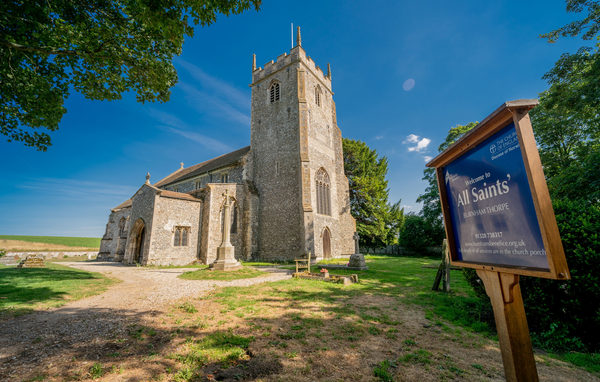
8
Attraction 8:
Church of St Martin, Houghton
The medieval church dates from 13th Century and has been enlarged and restored over the centuries, most notably by Sir Robert Walpole, who rebuilt the tower as a memorial to his grandfather Sir Jeffery Burwell in about 1730. Sir Robert, his two wives, his brother Galfridus and his successors, the 2nd, 3rd and 4th Earls of Orford are all buried here along with the 5th Marquess of Cholmondeley and his wife, Sybil.
View Venue

9
Attraction 9:
Church of St Mary the Virgin, Heacham
King's Lynn
St Mary's is a 13th century church with many interesting architectural features. We have a particular association with Pocahontas through her marriage to local squire John Rolfe.
View Venue

10
Attraction 10:
Holkham Hall
Wells-next-the-Sea
With a stunning location on the Norfolk coast and at the heart of a thriving 25,000 acre estate, Holkham Hall is described as an exceptional place, rich in history, architecture and wildlife. The seat of the Earls of Leicester, this elegant 18th century mansion is still very much a lived-in family home which the family take pride in sharing with visitors.
View Venue
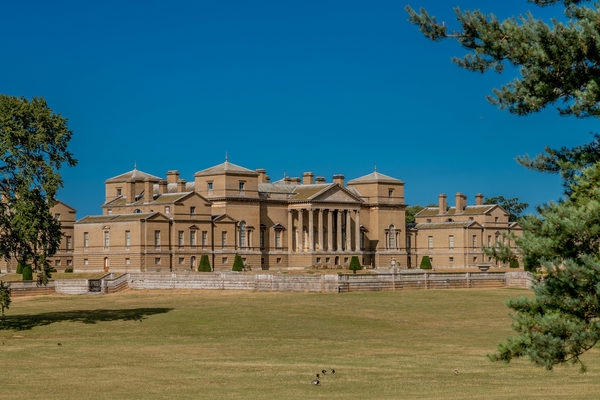
11
Attraction 11:
Hunstanton Lifeboat Station
Hunstanton
Hunstanton Lifeboat Station has seen several different types of rescue craft during its history. It saw the RNLI’s first motor tractor and today it operates an inshore B class Atlantic 85 lifeboat and one of only four inshore rescue hovercraft.
View Venue
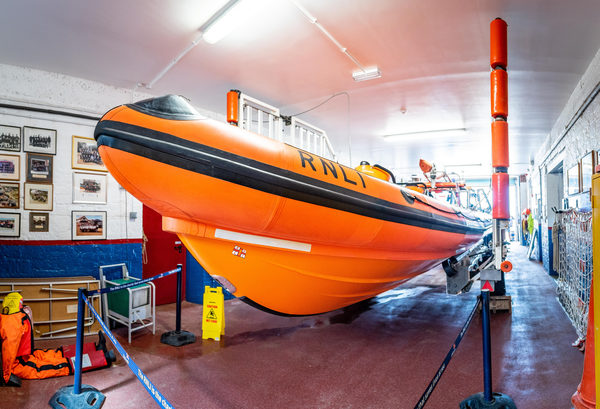
12
Attraction 12:
Hunstanton Wolf Trail
Hunstanton
Explore the gardens and cliff top scenery to trace the story of St Edmund, Hunstanton’s most famous visitor and first patron saint of England. The story and legend or St Edmund, Hunstanton’s most famous visitor can now be explored by a series of way markers which lead you from the cenotaph in the cliff top gardens to the dramatic cliff top location of St Edmund’s chapel.
View Venue
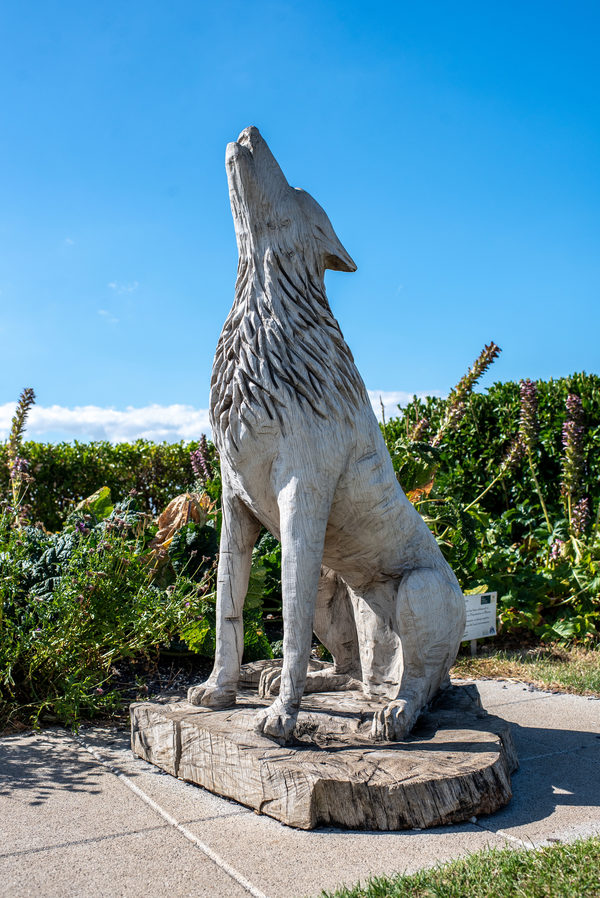
13
Attraction 13:
Kings Lynn Tourism Information Centre
King's Lynn
The distinctive King's Lynn Town Hall is the historic venue that houses the King's Lynn Tourist Information Centre.
View Venue
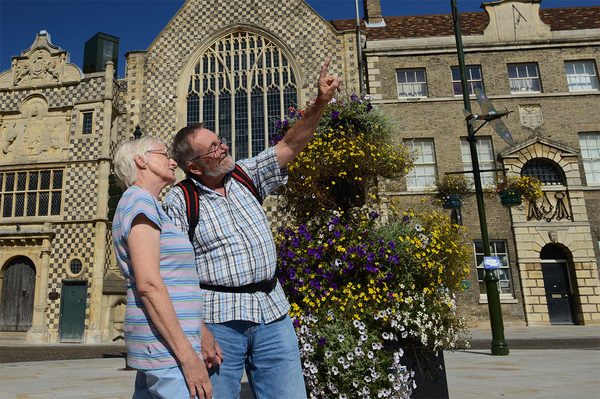
14
Attraction 14:
Middleton Mount
King's Lynn
Middleton Mount is the remains of a medieval castle. The castle was built by the Normans on a pre-existing Anglo-Saxon estate centre, a common practice after the Norman conquest of England.
View Venue
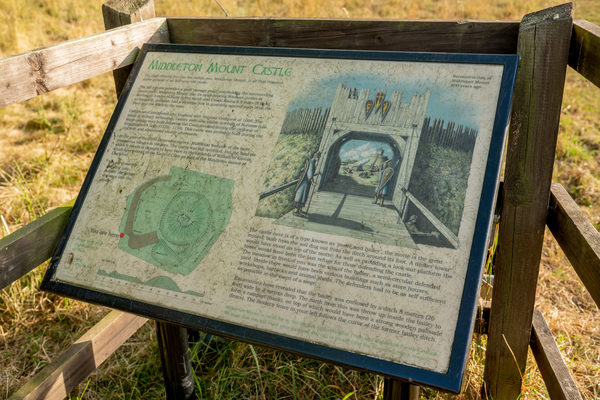
15
Attraction 15:
Ruins of St Edmund's Chapel, Hunstanton
Hunstanton
The chapel, now in ruins, was erected in 1272 in memory of St Edmund who landed at Hunstanton in 855 to be crowned King of East Anglia. He led an army against Viking invaders but was defeated, captured and martyred. He became the first patron saint of England.
View Venue
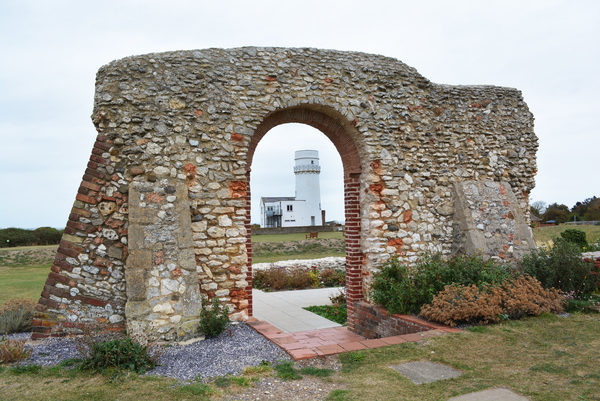
16
Attraction 16:
Sandringham House, Museum and Gardens
Sandringham
Sandringham is the much-loved country retreat of Her Majesty The Queen, and has been the private home of four generations of British monarchs since 1862. The house, set in 24 hectares of stunning gardens, is perhaps the most famous stately home in Norfolk and is at the heart of the 8,000-hectare Sandringham Estate, 240 hectares of which make up the woodland and heath of the Country Park.
View Venue
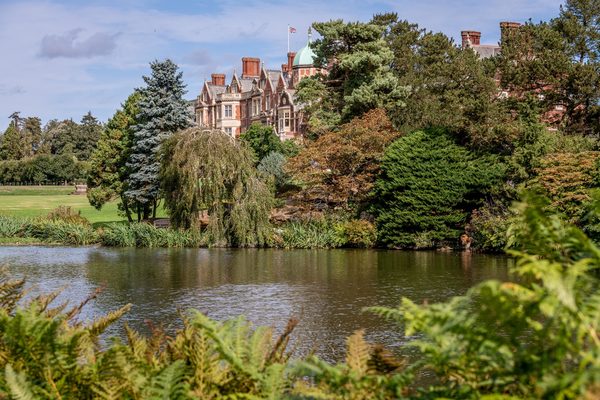
17
Attraction 17:
Seahenge, Holme Timber Circle
King’s Lynn
Seahenge was a prehistoric monument located in the village of Holme-next-the-Sea, near Old Hunstanton in Norfolk. A timber circle with an upturned tree root in the centre, Seahenge was built in the 21st century BC, during the early Bronze Age in Britain, most likely for ritual purposes. After excavation and preservation the monuments permanent home is Lynn museum in King's Lynn.
View Venue
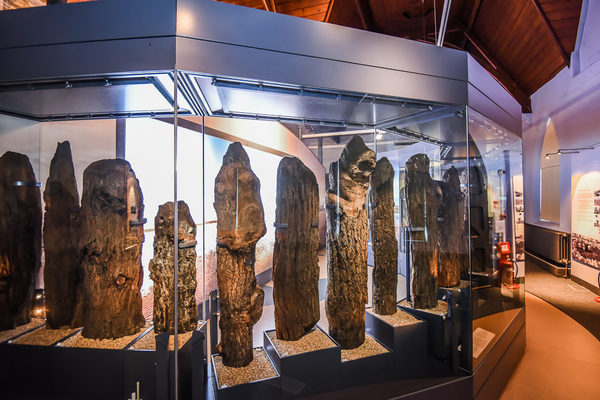
18
Attraction 18:
SHARP - Sedgeford Historical and Archaeological Research Project
Hunstanton
SHARP (the Sedgeford Historical and Archaeological Research Project) is a long-term, independently-run archaeological project. The primary objective is the investigation of the entire range of human settlement and land use in the north-west Norfolk parish of Sedgeford. Established in 1996, SHARP is one of the largest independent archaeological projects in Britain and is firmly rooted in the local community.
View Venue
